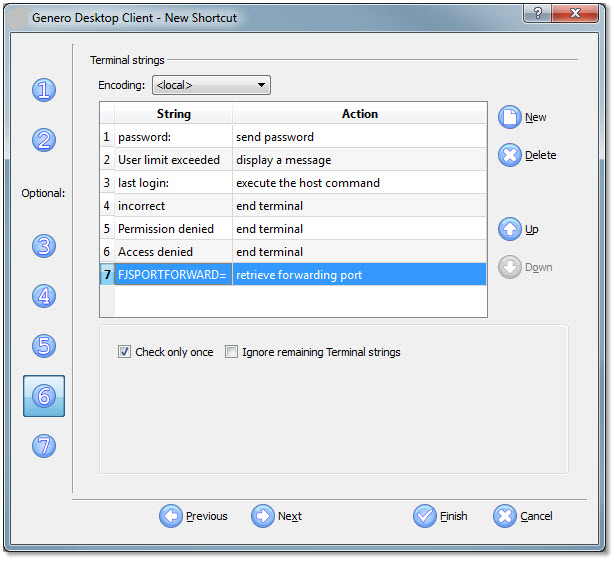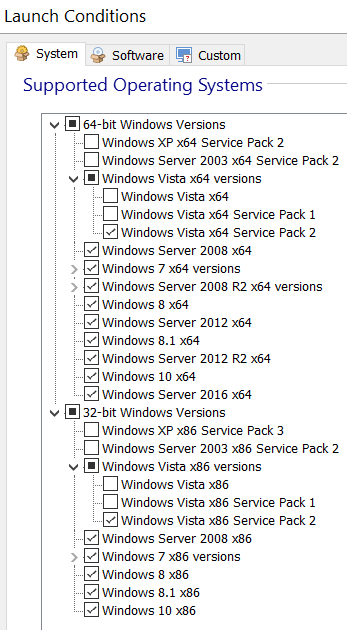

LAUNCH TERMINAL FROM THE LOGIN SHORTCAT INSTALL
Now, from another machine on the network you can do, for example: $ ssh sudo apt-get install -reinstall ubuntu-desktop Open an external terminal from Atom: If you just want a shortcut to open your external terminal from within Atom, try open-terminal-here. Use the keyboard shortcut ctrl- to open a new terminal instance.

In the output look for a line that looks something like this: Name: /VirtualBox/GuestInfo/Net/0/V4/IP, value: 192.168.60.12 Open a terminal in Atom: If you want to open a terminal panel in Atom, try platformio-ide-terminal. Replace Ubuntu 16.04 with the actual name of your VM as seen in the VirtualBox left pane. VBoxManage guestproperty enumerate "Ubuntu 16.04" Then type something like: cd C:\Program Files\Oracle\VirtualBox It will typically be under "Program Files\Oracle".
LAUNCH TERMINAL FROM THE LOGIN SHORTCAT WINDOWS
To get the IP address from the Windows host, find out where VirtualBox is installed. You can change this under "Settings > Network". This will get the machine its own IP address making it easier to SSH from any machine on the same network. Fortunately, that was my case.įirst, make sure your network settings use a bridged adapter instead of NAT. The only pre-requisite is that the SSH daemon must have been installed and running before access to the terminal is lost. I was lucky to know the DHCP IP address so I'll also share a method to find out the IP address from the Windows host based on this answer. Now you should be able to press your keyboard shortcut in most circumstances to get a new terminal window.I've solved my problem via SSH. But click the button again and you should see your shortcut: Then, scratch your head, because (when I tried it) the Add Shortcut button reappears. Click it and you should see an “Add Shortcut” button:Ĭlick the button and press your preferred keyboard shortcut. (Or launch System Preferences, choose the Keyboard pane, then choose the Shortcuts tab, then choose Services from the left-hand list.) Scroll to the bottom of the right-hand list and find the New Terminal service. To assign a keyboard shortcut to the quick action, choose the “Services Preferences…” item from the Services menu. And so on.Īfter you click OK in the dialog, Terminal should open a new window. And the first time you use the action while Safari is frontmost, you'll see the dialog. In other words, the first time you use the action while Finder is frontmost, you'll see the dialog.

You'll see this dialog once in each application that's frontmost when you use the action. If you click the “New Terminal” menu item, you'll get a dialog box:Ĭlick OK to allow the action to run. You should now see the “New Terminal” quick action: Then go to the Automator menu (or the app menu in any running application) and open the Services submenu.

Save the document with the name “New Terminal”. Set the “Workflow receives” popup to “no input”. (You can type “run applescript” into the search field at the top of the action list to find it.) Here's the AppleScript to paste into the action: on run You can open Launchpad from Dock or by using a keyboard shortcut, i.e. In the new Automator document, add a “Run AppleScript” action. By default, the Other folder of Launchpad contains the Terminal application. (In older versions of macOS, use the “Service” template.) Create a document of type “Quick Action”: I tested the following procedure under macOS Mojave 10.14.6 (18G3020).


 0 kommentar(er)
0 kommentar(er)
